Howe Community Park
Sacramento, CA
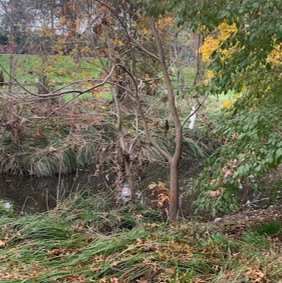
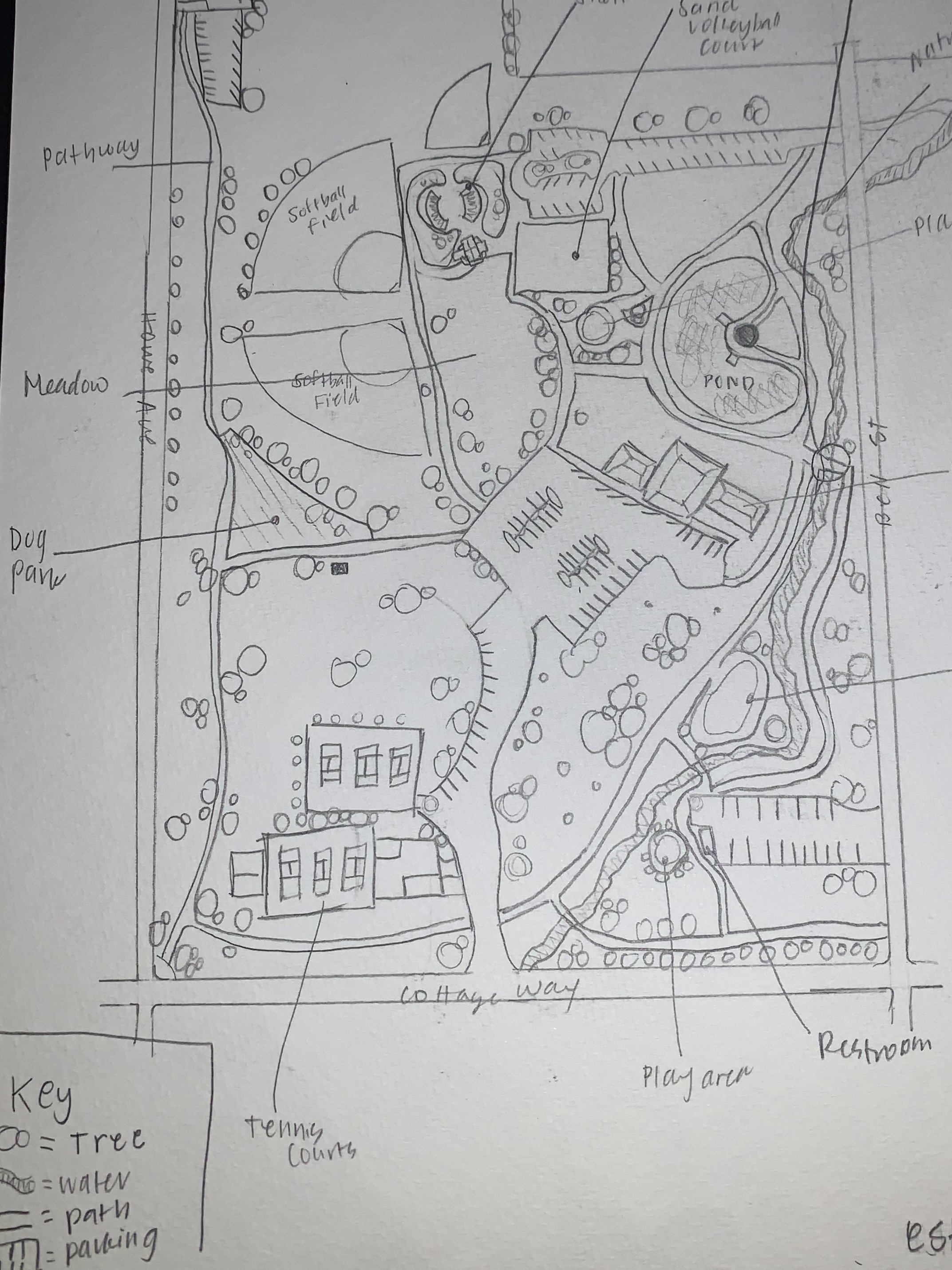
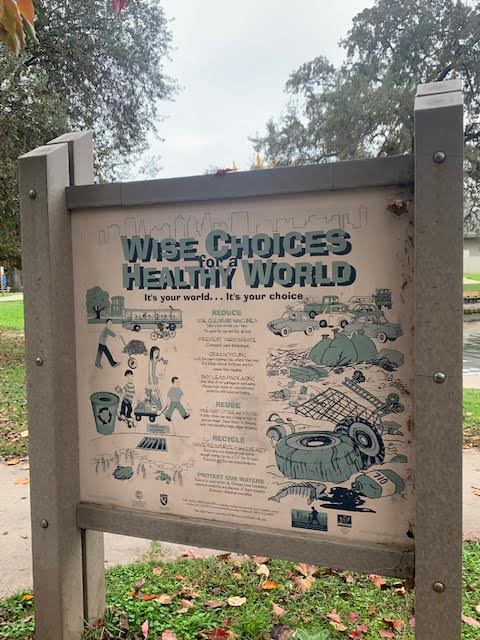
Howe Park was created along with the Fulton-El Camino Recreation and Park District in post WWII, in 1956. There was a massive shift in the American lifestyle in cohesion with recreational activities in the midst of the transfer into suburban life. this transfer from city to rural landscape transformed the land from farm land into recreational parks like this one. I feel that it is important because it can provide answers as to why parks started to form and the socio-economic reasons behind the shift in states creating parks for families. Also why there is a loss of nature in this shift, “In 1900 the United States was a rural society, with well over half of the total population living on farms and in small towns of less than 2,500 population. By the time of World War I , we had become half rural and half urban- the latter meaning living in towns and cities of 2,500 or more people. After 1920, and more particularly after 1950, there were two population relocations of great importance for modern outdoor recreation: 1) on a national scale, we were concentrating our people into urban groupings (cities), and 2) within those urban groupings we were dispersing them to suburbs and to exurbia. This shift in population was accompanied by major changes in lifestyle, one aspect of which was a great emphasis upon the outdoors and upon outdoor recreation” (Clawson, 1988).
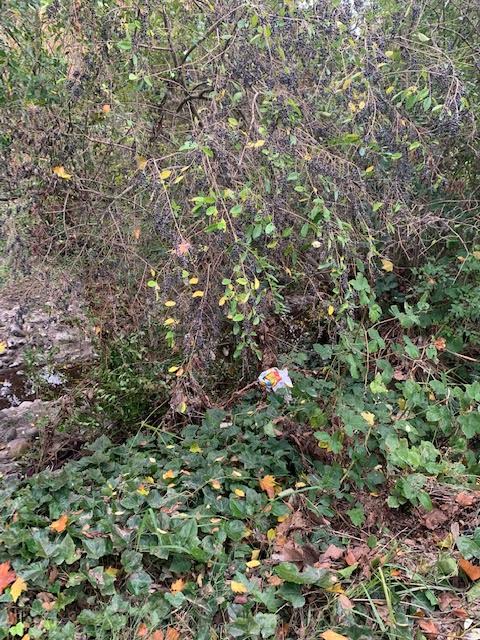
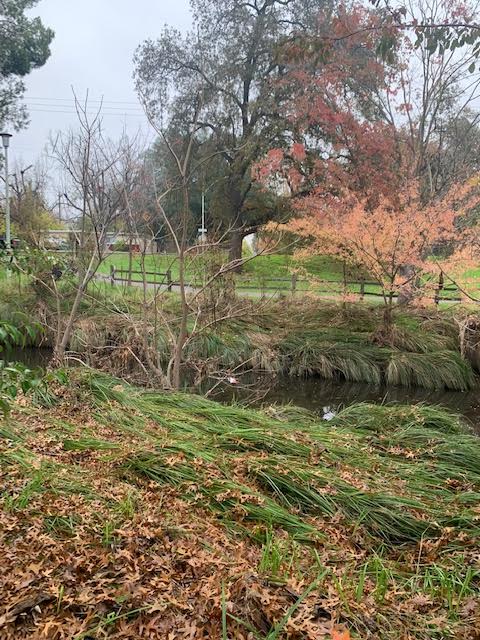
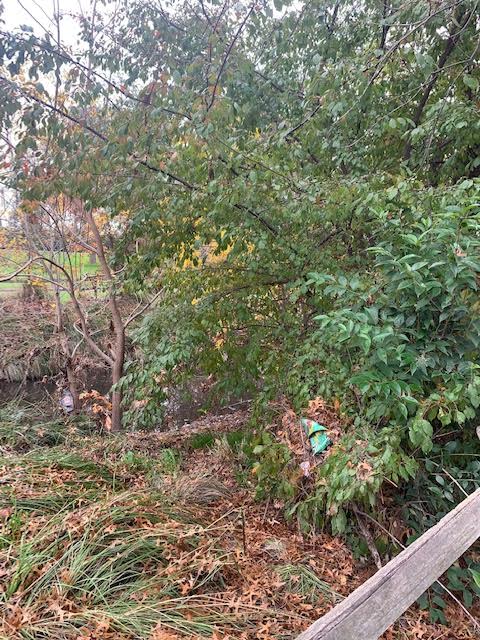
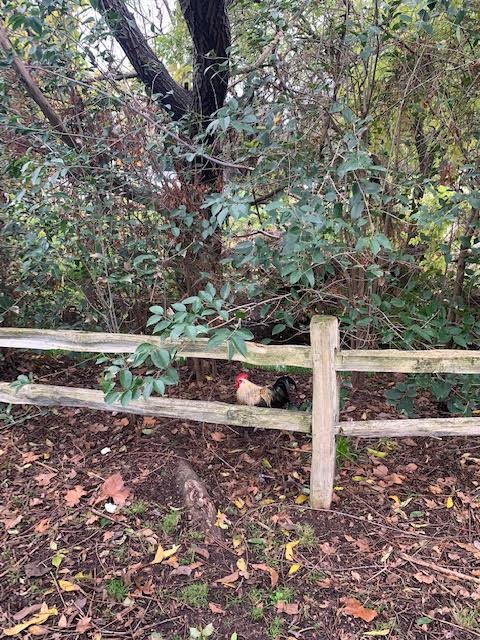
Contamination in fabricated nature. Are we at a loss within parks? I would say yes, (Rosaldo, R.), this would be a loss of nature in the post-industrial times and the creation of suburban/residential parks. The destruction of nature that continues into present and future: trash within the park, lack of upkeep on human destruction.
My goal of this research is to delve deeper into the experience of being within a park, bring awareness to the contamination of these places and the emotions connected with being surrounded by something that was created from nature but is artificial. I say artificial because knowing that this was farm land, almost all aspects of the park have been manmade. The park is composed of past present and future, there was extensive planning in the creation of the park as it is made to be experienced through time. Experiencing walking through the park and the thoughts of disgust, anger, sadness, curiosity, happiness, nostalgia, it shows the vast composition of this place.
The past is brought up through feelings of nostalgia arrive in the remembrance of the memories made within parks. Present experiences of hearing sounds from the park, doing physical activity and noticing wildlife. Future is the creation of signs to help with the well-being of the park and to advise visitors.
My personal experience while walking through Howe Park was remembering my family visiting parks, it incites some pain because my family is not together anymore. Other feelings brought up within my study of howe park is the anger and pain in physically seeing the contamination of the park.
Historical Significance
Places as Compositions
Pond
A particular sign within the park near the pond that features how-to's on environmentally friendly personal decisions. The sign has recommendations to reduce carbon footprint and recommends a healthier world. Although this is within the park, there is a loss of those aspects of health that make this sign almost comical. The lack of environmentally safe measures within the park are clearly visible, specifically in the waters and places around the walkways. The sign is hopeful but in a setting that exudes contamination, it is hard to note its validity.
References:
Watson, Alan H., and Marion Clawson. “Section 1. General Trends and Issues, Two Generations 3 of History of Outdoor Recreation Marion Clawson.” Essay. In Outdoor Recreation Benchmark 1988: Proceedings of the National Outdoor Recreation Forum: Tampa, Florida, January 13-14, 1988. Asheville, NC: Southeastern Forest Experiment Station, 1989.
Park Website:
https://www.fecrpd.com/howe-park
Rosaldo, R., 1984. Grief and a headhunter’s rage: On the cultural force of emotions. In E. Bruner, ed., Text, play, and story.. Illinois: Prospect Heights.
Tsing, Anna Lowenhaupt, Heather Anne Swanson, Elaine Gan, and Nils Bubandt. 2017. Arts of living on a damaged planet.
“Fishing in Howe Park Pond.” Fishbrain.com. FISHBRAIN, 2010. https://fishbrain.com/fishing-waters/JYDTWwm2/howe-park-pond.
Mapping it out
Click the labels on the map to see more information about those areas, the information is color coordinated.
Meadow
Bridge #3
Sounds of this part of the park
Contamination in the Park
Hopes in the Park